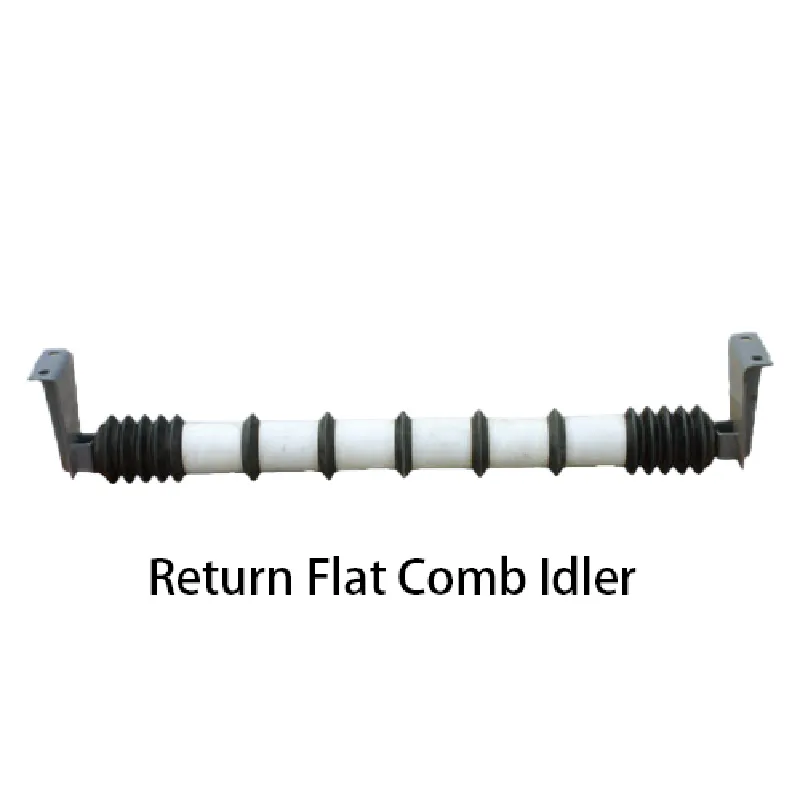 Afrikaans
Afrikaans  Albanian
Albanian  Amharic
Amharic  Arabic
Arabic  Armenian
Armenian  Azerbaijani
Azerbaijani  Basque
Basque  Belarusian
Belarusian  Bengali
Bengali  Bosnian
Bosnian  Bulgarian
Bulgarian  Catalan
Catalan  Cebuano
Cebuano  Corsican
Corsican  Croatian
Croatian  Czech
Czech  Danish
Danish  Dutch
Dutch  English
English  Esperanto
Esperanto  Estonian
Estonian  Finnish
Finnish  French
French  Frisian
Frisian  Galician
Galician  Georgian
Georgian  German
German  Greek
Greek  Gujarati
Gujarati  Haitian Creole
Haitian Creole  hausa
hausa  hawaiian
hawaiian  Hebrew
Hebrew  Hindi
Hindi  Miao
Miao  Hungarian
Hungarian  Icelandic
Icelandic  igbo
igbo  Indonesian
Indonesian  irish
irish  Italian
Italian  Japanese
Japanese  Javanese
Javanese  Kannada
Kannada  kazakh
kazakh  Khmer
Khmer  Rwandese
Rwandese  Korean
Korean  Kurdish
Kurdish  Kyrgyz
Kyrgyz  Lao
Lao  Latin
Latin  Latvian
Latvian  Lithuanian
Lithuanian  Luxembourgish
Luxembourgish  Macedonian
Macedonian  Malgashi
Malgashi  Malay
Malay  Malayalam
Malayalam  Maltese
Maltese  Maori
Maori  Marathi
Marathi  Mongolian
Mongolian  Myanmar
Myanmar  Nepali
Nepali  Norwegian
Norwegian  Norwegian
Norwegian  Occitan
Occitan  Pashto
Pashto  Persian
Persian  Polish
Polish  Portuguese
Portuguese  Punjabi
Punjabi  Romanian
Romanian  Russian
Russian  Samoan
Samoan  Scottish Gaelic
Scottish Gaelic  Serbian
Serbian  Sesotho
Sesotho  Shona
Shona  Sindhi
Sindhi  Sinhala
Sinhala  Slovak
Slovak  Slovenian
Slovenian  Somali
Somali  Spanish
Spanish  Sundanese
Sundanese  Swahili
Swahili  Swedish
Swedish  Tagalog
Tagalog  Tajik
Tajik  Tamil
Tamil  Tatar
Tatar  Telugu
Telugu  Thai
Thai  Turkish
Turkish  Turkmen
Turkmen  Ukrainian
Ukrainian  Urdu
Urdu  Uighur
Uighur  Uzbek
Uzbek  Vietnamese
Vietnamese  Welsh
Welsh  Bantu
Bantu  Yiddish
Yiddish  Yoruba
Yoruba  Zulu
Zulu conveyor lagging
Understanding Conveyor Lagging Importance and Applications
Conveyor systems play a crucial role in various industries, aiding in the efficient transportation of materials from one point to another. One often-overlooked component that significantly enhances the performance of conveyor systems is conveyor lagging. This article highlights the importance, materials, and applications of conveyor lagging, emphasizing its role in ensuring the longevity and efficiency of conveyor belts.
What is Conveyor Lagging?
Conveyor lagging refers to the surface material applied to the pulleys of a conveyor system. Its primary purpose is to provide enhanced friction between the belt and the pulley, ensuring that the belt does not slip during operation. By increasing the grip, lagging helps in the effective transfer of power from the pulley to the conveyor belt, ultimately leading to reduced wear and tear on both components. This improvement can result in significant cost savings associated with maintenance and replacement.
Materials Used in Conveyor Lagging
There is a variety of materials used for conveyor lagging, each designed to meet specific operational needs. Common materials include
1. Rubber One of the most popular options, rubber lagging provides high friction and wear resistance. It is ideal for wet and oily conditions and is often used in mining and bulk material handling. 2. Ceramic For applications requiring superior traction and durability, ceramic lagging is exceptional. It features ceramic tiles embedded in a rubber matrix, providing outstanding anti-slip properties even in harsh conditions.
3. Polyurethane Known for its flexibility and wear resistance, polyurethane lagging is often used in applications where conventional rubber might fail due to abrasion or chemical exposure.
conveyor lagging

4. Steel Used in heavy-duty applications, steel lagging offers maximum durability and is suitable for high-load situations where extreme wear is an issue.
Applications of Conveyor Lagging
Conveyor lagging finds application in various industries, including mining, construction, food processing, and manufacturing
- Mining In mining operations, where the conveyor system is exposed to harsh environments, lagging helps maintain a reliable grip, ensuring the safe transport of mined materials.
- Food Processing Lagging materials compliant with food safety regulations are essential in this industry to prevent slippage and maintain hygiene.
- Manufacturing In manufacturing plants, conveyor lagging ensures smooth operations, reducing downtime and improving overall productivity.
Conclusion
In conclusion, conveyor lagging is a critical component of conveyor systems that directly impacts performance and operational efficiency. By choosing the appropriate lagging material for specific applications, industries can enhance the reliability of their conveyor systems, ultimately leading to cost savings and increased productivity. As companies continue to prioritize efficiency and reliability, the role of conveyor lagging will undoubtedly become more prominent in industrial applications. Understanding its importance aids businesses in making informed decisions regarding their conveyor maintenance and upgrades.
-
Revolutionizing Conveyor Reliability with Advanced Rubber Lagging PulleysNewsJul.22,2025
-
Powering Precision and Durability with Expert Manufacturers of Conveyor ComponentsNewsJul.22,2025
-
Optimizing Conveyor Systems with Advanced Conveyor AccessoriesNewsJul.22,2025
-
Maximize Conveyor Efficiency with Quality Conveyor Idler PulleysNewsJul.22,2025
-
Future-Proof Your Conveyor System with High-Performance Polyurethane RollerNewsJul.22,2025
-
Driving Efficiency Forward with Quality Idlers and RollersNewsJul.22,2025





























